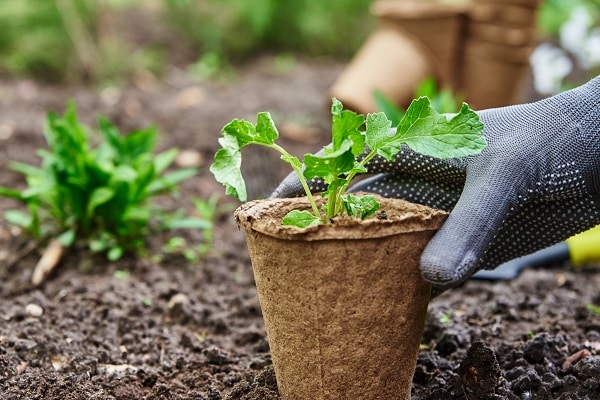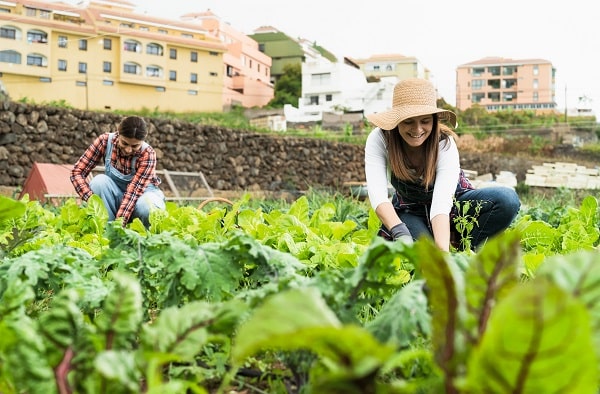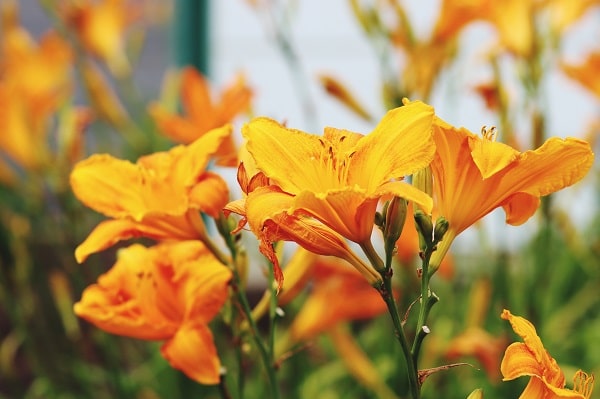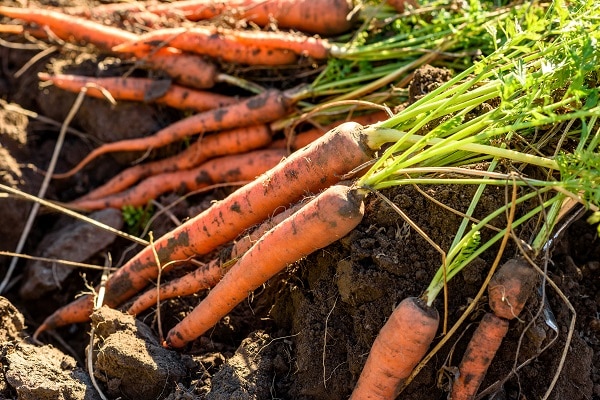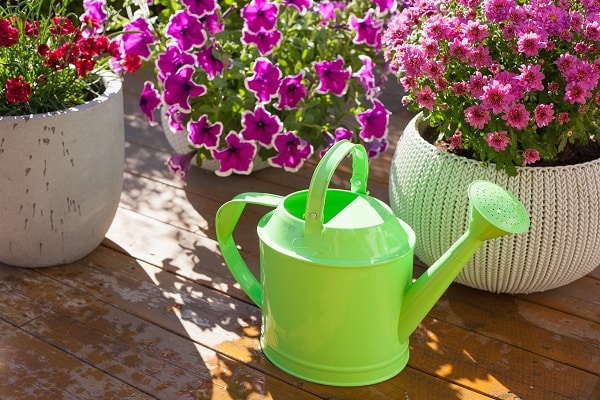If you’re like most gardeners, you probably spend most of your time in the early spring planting seeds and getting your garden ready for growing plants all summer long. However, once some of those plants start dying out, there are still several plants that can be planted later in the summer – even into fall! This post will discuss some of the best plants to start late in the summer. Whether you’re looking for vegetables or flowers, you will find a list of plants that will thrive in the slightly cooler months!
Contents
Why Start Plants In The Late Summer?
Late summer may not seem like the best time to start a garden, but there are several reasons it can be advantageous. The temperatures are often milder in late summer than in early spring, making it easier to keep tender plants alive. Additionally, many plants go dormant in the heat of summer and will begin to actively grow again in late summer when the temperatures start to cool down.
This allows for a longer growing season, which can result in bigger and healthier plants. Finally, starting plants in late summer gives them a head start on the competition for resources like sun and water. These factors make late summer an ideal time to start a garden. So don’t wait for springtime – get out there and start planting!
Plants You Can Start In The Late Summer
If your garden is all primed and ready for planting, but you’re not sure what to put in it, never fear! Plenty of plants will do well if you start them in late summer. Here are just a few examples:
Lettuce
Late summer is the perfect time to start growing lettuce. The days are still warm, but the nights are beginning to cool down, which is ideal for this cool-weather crop. Lettuce seeds will germinate in soil that is between 60 and 70 degrees Fahrenheit, so you’ll need to make sure that the soil in your garden is within this range. One way to do this is to use a soil thermometer. You can also start lettuce indoors and transplant it outdoors once the temperatures have dropped.
To get started, scatter the seeds over the soil’s surface and gently press them down. Be sure to keep the soil moist by watering it regularly. Once the seedlings have emerged, thin them out, spaced about six inches apart. Lettuce is ready to harvest when the leaves are crisp and green. Head lettuce will be ready in about six weeks, while leaf lettuce will take about two weeks longer.
Oriental Lily
One of the most beautiful flowers you can find in nature is the oriental lily. They are very elegant and have a distinct appearance that is hard to miss. Many people don’t know that you can start them from seed in the late summer. This is a great time to start them because the weather is not too hot, and they will have plenty of time to grow before the winter sets in.
You must ensure that you plant the seeds in a pot with good drainage and keep the soil moist but not too wet. Once they sprout, you will need to feed them with a nitrogen-rich fertilizer. If you do all these things, you should have no problem growing beautiful oriental lilies that will add a touch of elegance to your garden.
Carrots
Many gardeners also choose to plant carrots in the late summer, as the cooler temperatures help them to grow slowly and develop their characteristic sweetness. Carrots are a cool-weather crop, and they can become less sweet if exposed to prolonged periods of hot weather. Planting in the late summer also gives the carrots a longer growing season, which is important since they take about 70 days to mature.
Simply sow the seeds in a sunny spot with well-drained soil to get started. Once they germinate, thin the seedlings so that they are spaced about 3 inches apart. Keep the soil moist, and you should be able to harvest your carrots in about two months. So whether you’re looking for a tasty addition to your salads or soups or just want to enjoy the sweet taste of success, planting carrots in the late summer is a great option.
Chrysanthemum
Chrysanthemums, often called mums, are one of the most popular fall flowers. Available in many colors, they are a welcome addition to any autumnal garden. Though they are typically associated with cooler weather, mums can be started in the late summer. By planting now, you can enjoy blooms throughout the fall. Chrysanthemums prefer well-drained soil and full sun. However, they will tolerate partial shade, especially in hotter climates.
When choosing a location for your mum, select an area that receives at least six hours of sunlight daily. Once you have selected the perfect spot, it’s time to start planting. Mums can be purchased as transplants or started from seed. If you choose to start from seed, be aware that it takes several weeks for seeds to germinate, and plants will not bloom until the following year. Transplants, on the other hand, are ready to plant immediately and will flower within a few months.
Cabbage
Cabbage is another cool-weather crop that can be started in the late summer for a fall harvest. The key to cabbage’s success is transplanting the seedlings when they are 4-6 weeks old. Cabbage prefers well-drained soil that is high in organic matter. The best way to amend your cabbage patch is early in the season, so the plants have time to grow strong roots before being transplanted.
When selecting a transplant, look for healthy plants with dark green leaves. Avoid plants that are leggy or have yellowing leaves. Once you have selected your transplants, water them well and plant them 18-24 inches apart in rows that are 24-36 inches apart. Cabbage is a heavy feeder, so be sure to sidesaddle the plants with compost or manure tea every few weeks. With just a little bit of care, you can enjoy a bountiful harvest of crisp, flavorful cabbage come fall.
Cilantro
Cilantro is an herb that is commonly used in Mexican and Asian cuisine. It has a distinctive, slightly citrusy flavor that can brighten up any dish. While cilantro is often thought of as a winter herb, it can be started in the late summer. To do this, simply place cilantro seeds in a sunny spot and water them regularly. Cilantro prefers loose, well-drained soil, so be sure to amend your soil accordingly.
You should see green shoots poking through the soil within a few weeks. Once the cilantro plants have reached a height of 6-8 inches, they can be harvested. Simply cut the stems near the base of the plant, and the cilantro will continue to grow. With a little care, you can enjoy fresh cilantro all season long!
Find The Right Plants To Start In Late Summer!
While many plants grow best when started in the spring, there are still several options for those who want to get a late start on their gardening. And while the ones on this list are all great options, they are by no means the only ones. So if you’re feeling inspired to get your hands dirty, go out and start planting! Who knows, you might just find your new favorite crop. Just be sure to follow proper care instructions!
